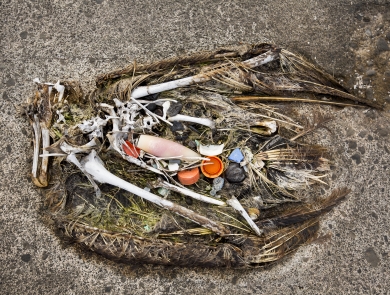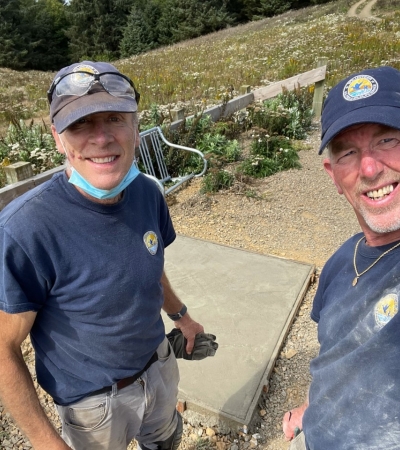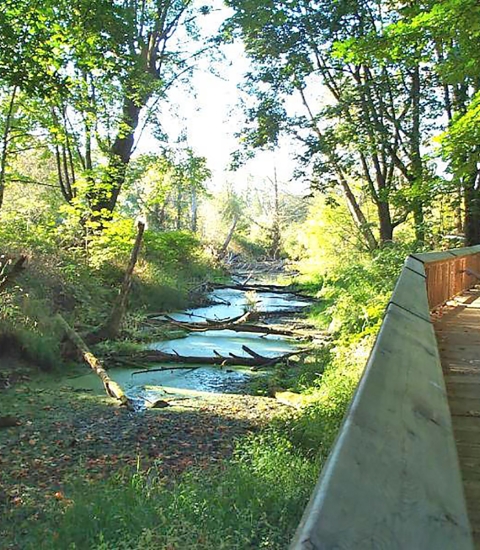Facility
Location
35704 County Highway 26
Rochert, MN 56578
United States
Volunteer Position Overview
About This Position
Volunteers will provide support to visitor center staff in a variety of duties including providing information to the public, presenting interpretive programs and carrying out light maintenance of key public use areas.
Duties include welcome and orient visitors, providing accurate information including recreation opportunities and wildlife viewing. Open/close visitor center. Operate gift shop including cash register sales and assist gift shop manager and pricing and stocking merchandise. Answer and direct calls to staff, receive deliveries. Operate audio visual equipment. Light cleaning and maintenance of visitor center and bird feeding station. Assist with planning and staffing of special events. Assist with or lead environmental education activities for school groups and other youth groups. Present interpretive programs such as walks, talks, tours, children's programs depending on skills and interest. Assist with outreach events and activities.
Responsible for grounds keeping of the visitor center grounds which would include use of a riding lawn mower, push mower, weed whip, leaf blower, and hand tools. Some weeding of grounds as well.
Monitor information kiosks and stock brochures. Monitor hiking trails including litter pick-up and light maintenance. Clean public restrooms weekly. Assist with recycling as needed. Assist with data entry or other administrative projects depending on skills and interest. Opportunities to assist biology and maintenance staff will be available as well. Willing to learn about the ecology, wildlife and plants of the area.
Candidates must have the ability to communicate with a wide variety of visitors while providing excellent customer service. Must enjoy working with people. Physically able to operate a riding lawn mower, push mower, carry and operate a weed whip. Physically able to do light cleaning and lifting. Will to explore the refuge.
Will work 24 hours/week/volunteer including weekends in exchange for RV pad. Must commit to a minimum of 3 months.
Duties/Activities
Stories About Volunteering
Other Ways to Work with Us
Are you looking for something different than a volunteer opportunity? The Fish and Wildlife Service employs around 9,000 people nationwide and offers great internship opportunities every year.





